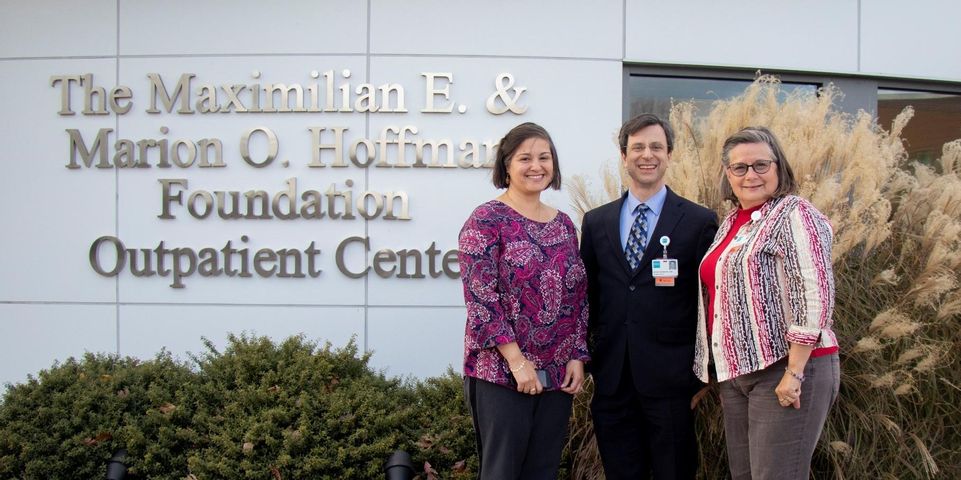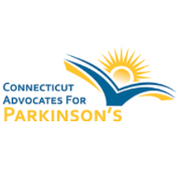Spotlight on PD in Connecticut: Hospital for Special Care (HFSC)

On a blustery, cold Friday in November, the team at Hospital for Special Care (HFSC) in New Britain takes time from their busy schedules to sit down and discuss, with obvious pride and enthusiasm, their Neuromuscular Care Center, and specifically the Parkinson’s Disease Movement Disorders Center, and team, that they are a part of.
The word “team” is used throughout our conversation. From the very beginning, it is the common theme of the meeting, as Dr. Adam Simmons, Director of the Center, paints a clear picture for the writer to see: this is an integrative, interdisciplinary program that treats all aspects of Parkinson’s, and utilizes the many coordinated specialties under the umbrella of HFSC to help patients navigate their often tumultuous journey known as Parkinson’s disease.
In addition to Dr. Simmons, joining us for our meeting are team members Dr. Sadaf Khorasani, and Katharine Coggshall, R.N., to outline the many treatment options, the culture of the program, and the integrative approach to patient care.
The patient experience is one of the first things that we discuss, and it is a clear point of emphasis for the team. From easily accessible parking spots to chair heights that are specially designed, to a patient feedback mechanism that allows patients to provide comments after every visit, it is clear that HFSC takes the needs of the patient seriously – and listens to their feedback, as well.
From occupational therapies to physical, speech and swallow, aquatic therapies, to onsite exercise programs, specialized programs like LSVT Big and Loud, and SPEAKOUT, the onsite options for patients are broad and deep – and, as I’m reminded frequently, they are coordinated and overseen by the team for maximum cross-talk and collaboration.
The “multiple options” idea is one that also threads through our conversations, and the holistic approach is another focus. In addition to programs in Tai Chi, Chair Yoga, and others, acupuncture – provided by Dr. Simmons himself – is another tool in the large treatment toolbox that HFSC offers.
As our conversation continues, the emphasis on exercise as therapy takes on added significance. HFSC offers free, onsite programs, and the entire team mentions the neuroprotective benefits of exercise to PD patients, and how important it is to fend off the effects of PD.
Another topic that garners a significant amount of talk-time is collaboration – both internally (at HFSC), and externally, as well. Joining us for this portion of our conversation is Wendy D’Angelo, Vice President of Development and Communications. It is a topic that is obviously one that Wendy is proud of. Wendy says that HFSC holds internal, multi-disciplinary meetings to foster an environment that promotes the sharing of best practices, both clinically and organizationally. In addition, HFSC also hosts external collaboration events, specific in nature, that builds a strong pipeline between HFSC professionals and their colleagues both nationally and internationally, as well. The growth of the program has been supported by a $1.2 million, four-year grant from the Maximilian E. & Marion O. Hoffman Foundation.
One of the things that the team emphasizes is their recent designation as a “Patient-Centered Specialty Practice” by NCQA, an accreditation standards group that is recognized throughout the U.S. and is considered a true “gold star” for any healthcare team.
As we prepare to end our meeting, the focus turns to the future, and what options might be coming in the form of Disease-Modifying Treatments for PD patients. Dr. Simmons expresses his optimism for new drugs, with research and new options at an all-time high. At the same time, he stresses the HFSC emphasis on clinical trials, as well as his membership in the Parkinson’s Study Group, as ways that sharing of vital new findings and promotion of new research ideas can come to fruition, and help in the quest for a world without the difficulties of Parkinson’s.
About the Business
Have a question? Ask the experts!
Send your question

